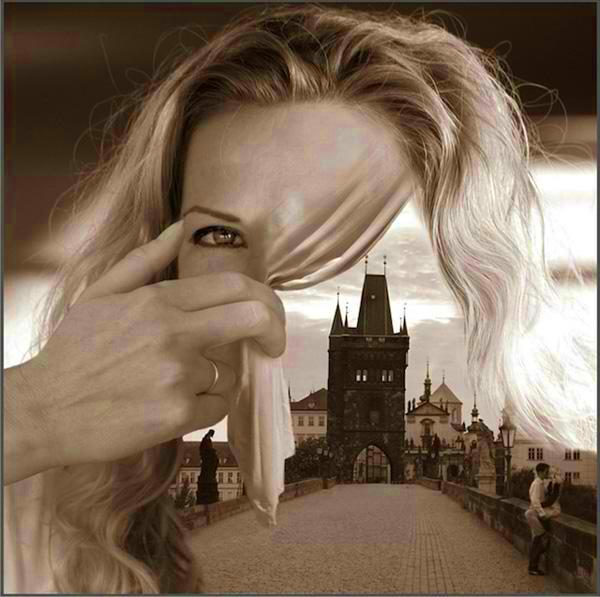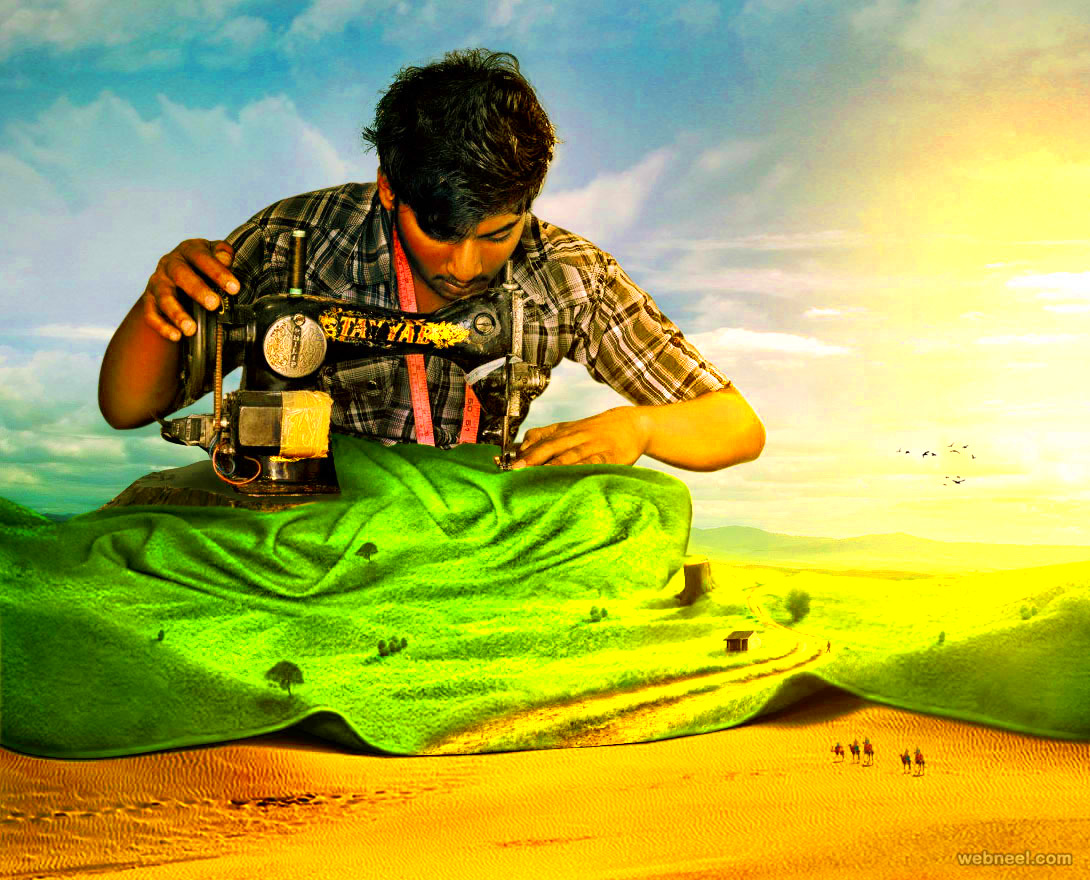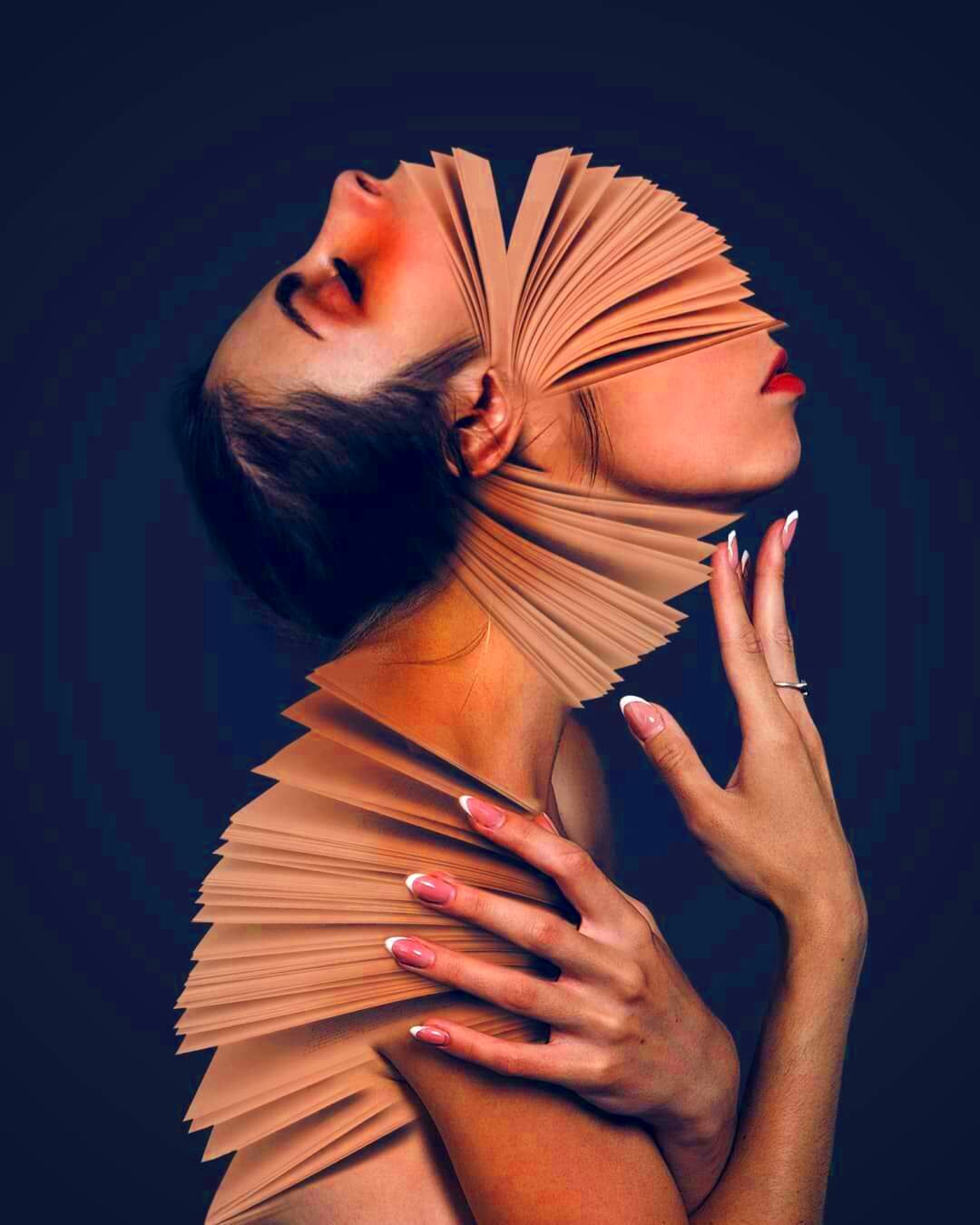Image manipulation has become an integral part of modern photography. What was once a purely technical process of developing photos in a darkroom has transformed into an artistic endeavor, thanks to digital tools and software. Contemporary photographers can now shape and enhance their images in ways that were unimaginable just a few decades ago. Whether it’s adjusting colors, adding effects, or even combining multiple photos, digital manipulation has opened up new creative possibilities. This evolution not only allows for greater creativity but also provides photographers the ability to push the boundaries of visual storytelling.
The Role of Digital Editing Tools in Modern Photography

Digital editing tools have revolutionized the photography industry, giving photographers unprecedented control over their images. Today, photographers rely on software such as Adobe Photoshop, Lightroom, and other specialized programs to manipulate, enhance, and transform their photos. These tools allow for everything from basic adjustments like exposure correction to more advanced techniques like layering and compositing.
Here are a few key features of digital editing tools that have shaped modern photography:
- Exposure Adjustment: Allows photographers to fine-tune brightness, contrast, and shadows to create the perfect image.
- Layering and Masking: Photographers can combine multiple images or parts of images, adjusting each layer for a seamless final result.
- Retouching: Tools for removing blemishes, smoothing skin, and correcting imperfections.
- Filters and Effects: Add artistic touches or stylized effects to create mood and atmosphere.
Without these tools, many of the visually striking images we see today would not be possible. Digital editing allows photographers to transform ordinary snapshots into extraordinary works of art. It gives them the freedom to experiment with their images and discover new ways to tell their stories.
Also Read This: Fixing a Pixelated Image in Photoshop
Understanding Color Grading in Digital Photography

Color grading is one of the most important aspects of modern photography. It involves adjusting the colors of an image to create a particular mood, tone, or atmosphere. Photographers use color grading to enhance their images and give them a unique look. Whether it’s achieving a warm, vintage feel or a cool, futuristic vibe, color grading plays a critical role in setting the tone of a photograph.
There are several techniques used in color grading, each with its own purpose:
- Temperature Adjustment: Changing the color temperature of an image, making it warmer (yellow/orange tones) or cooler (blue tones).
- Tinting: Adding specific colors to the shadows or highlights to achieve a cinematic effect.
- Selective Color Adjustments: Isolating specific colors (like making the blues more vibrant while keeping other colors neutral) to create focus and impact.
One of the most common color grading methods is split toning, where different colors are applied to the highlights and shadows separately. This allows for more dynamic control over the final look of the image.
Today, software like Adobe Lightroom and Photoshop provides advanced color grading tools that let photographers achieve highly detailed color adjustments. As a result, color grading is no longer just for professional photographers—amateurs and hobbyists can also experiment with these techniques to enhance their photos. The possibilities are endless, allowing for an entirely new level of creativity in digital photography.
Also Read This: Unveiling the Most Downloaded Photos on 123RF: Insights into Popular and Profitable Content
Manipulating Light and Shadows in Photography
Light is one of the most powerful tools in photography. In fact, the way light interacts with the subject can make or break an image. Manipulating light and shadows is a key technique that contemporary photographers use to create dramatic effects, enhance mood, and direct the viewer's attention. With digital editing software, photographers can alter light sources, intensify or soften shadows, and even simulate lighting conditions that were not present in the original shot.
Here are some common ways photographers manipulate light and shadows in digital photography:
- Highlight and Shadow Adjustments: By adjusting the highlights and shadows, photographers can enhance details in bright or dark areas of the image, creating more depth and contrast.
- Dodging and Burning: A technique where specific areas of an image are lightened (dodging) or darkened (burning) to emphasize or obscure parts of the photo.
- Simulating Natural Light: Photographers can digitally add lighting effects, like simulating sunlight or streetlights, to create a specific time of day or ambiance.
- Softening or Sharpening Shadows: Shadows can be manipulated to either create a soft, ethereal look or sharp, defined lines that make the subject stand out.
Mastering the control of light and shadows can transform an image, turning a simple photograph into something much more striking and emotional. This technique allows photographers to create depth, texture, and focus where needed, guiding the viewer’s eyes toward the most important elements of the image.
Also Read This: Learn How to Change Vimeo Cover Image with This Practical Guide
Creating Unique Textures and Effects in Images
Adding texture and effects to a photograph can elevate the image to a whole new level. Textures can be anything from the roughness of a brick wall to the softness of a foggy landscape, and effects are used to change the overall look or feel of the photo. By manipulating textures and adding effects, photographers can create a unique style or mood that stands out.
Some ways photographers achieve this are:
- Overlaying Textures: Photographers can apply textures like fabric, wood, or even smoke over their images to give them a tactile, layered effect.
- Using Filters: Digital filters mimic the appearance of different photography styles (like vintage film or HDR) and can give photos a distinct look.
- Brushwork: Using digital brushes in editing software, photographers can add artistic strokes or effects, such as splatters, strokes, or painted elements, creating a mixed-media feel.
- Creating Bokeh Effects: Blurring parts of the image, especially the background, while keeping the subject in sharp focus. This effect can help create a dreamy or surreal atmosphere.
Textures and effects give photographers endless creative possibilities, enabling them to experiment and craft one-of-a-kind images. By blending the digital and natural worlds, photographers can produce visually striking images that leave a lasting impression on the viewer.
Also Read This: Guide to Removing the Background of an Image in GIMP
Collage and Composite Photography: Blending Multiple Images
Collage and composite photography are techniques that involve blending two or more images to create a new, cohesive composition. This approach allows photographers to combine elements from different photos into one, producing something entirely unique. While creating a collage used to be a manual art form, digital tools now make this process much easier and more precise. With advanced masking, layering, and blending options, photographers can create seamless composites that look completely natural—or purposefully surreal.
Some common methods of blending multiple images are:
- Layering: Different images are stacked on top of each other, and the opacity or blending modes are adjusted to merge the images smoothly.
- Masking: A technique where portions of one image are hidden or revealed by using a mask, allowing for more precise control over what is visible in the final composite.
- Perspective Matching: Ensuring that the elements in each image align properly in terms of scale, angle, and depth to make the final composition appear realistic.
- Adding Elements: Photographers may incorporate additional objects or scenes—such as a cloud, animal, or landscape—into a photograph, adjusting color and lighting to blend them seamlessly.
Collage and composite photography offer unlimited potential for creativity. Whether you’re telling a visual story, creating a surreal scene, or just experimenting with different elements, these techniques allow photographers to break the boundaries of traditional photography. The key to a successful composite is making sure all the elements fit together in a way that feels intentional and polished, drawing the viewer’s eye to the final, blended image.
Also Read This: Posting Images on Adobe Stock
Ethical Considerations and the Debate Over Manipulated Images
As digital image manipulation becomes more accessible and advanced, ethical concerns have emerged about its use. Manipulating photographs, whether for artistic purposes or to enhance visual appeal, can raise important questions. Photographers and editors must consider the potential impact on their audience, especially when the manipulated images portray unrealistic beauty standards or mislead viewers. The line between artistic expression and manipulation for deception can often be blurry.
Some of the key ethical issues include:
- Altered Representations: Images are often edited to remove imperfections or alter reality, which can set unrealistic standards, especially in the fashion and beauty industries.
- Deceptive Practices: Manipulating images to mislead or misinform, particularly in journalism or advertising, can be damaging and is seen as unethical in many circles.
- Informed Consent: When editing images of people, especially in commercial photography, it’s essential to get consent from subjects regarding the alterations made to their appearance.
- Authenticity and Truth: Many argue that excessive editing, particularly in documentary or news photography, undermines the authenticity of the image and, by extension, the message it’s trying to convey.
While digital manipulation allows photographers to explore new artistic realms, it’s crucial to balance creativity with responsibility. Photographers should be transparent about the extent of their edits and understand the potential consequences of altering reality. The debate over manipulated images continues to shape how we view photography in a digital world.
Also Read This: Try This Firefox VK Video Downloader – A Reliable Tool for Firefox Users
Future Trends in Digital Image Manipulation
As technology evolves, so do the tools and techniques for image manipulation. The future of digital image manipulation promises exciting developments, with innovations that make it easier for photographers to create stunning visuals while also offering more opportunities for creativity. In the coming years, we can expect to see a variety of emerging trends in the field.
Some key future trends include:
- Artificial Intelligence (AI): AI-driven tools are already beginning to help automate complex editing processes. From enhancing image quality to generating realistic effects, AI is expected to become an integral part of image manipulation, making the process faster and more efficient.
- Augmented Reality (AR) and Virtual Reality (VR): These technologies will allow photographers to create immersive environments, adding layers of interactivity and depth to images. AR and VR will also open up new possibilities for compositing and staging virtual subjects within real-world settings.
- Real-Time Editing: Real-time editing software, especially when integrated with social media platforms or mobile devices, is expected to allow photographers to manipulate images instantly, enhancing the convenience of the editing process while allowing more spontaneous creativity.
- Cloud-Based Editing: With the rise of cloud computing, future image manipulation tools may shift entirely to the cloud. This would provide photographers with access to powerful tools and resources anywhere, without needing a high-performance computer or specific software installed locally.
In addition to these technologies, the blending of various media types (such as video and photography) will create new ways to manipulate and present images, further expanding the creative boundaries. The future of digital image manipulation will likely be defined by more intuitive, accessible, and powerful tools that make high-quality editing available to everyone—from professionals to beginners.
Also Read This: Downloading YouTube Shorts in MP3 Format for Offline Listening
FAQ
Q1: What is image manipulation in photography?
A1: Image manipulation refers to the process of altering or enhancing a photograph using digital tools or software. This can include changing the color, lighting, removing or adding elements, or blending multiple images together to create a new composition.
Q2: Is it ethical to manipulate images?
A2: While image manipulation can be an artistic and creative process, it becomes unethical when it misleads the viewer or creates unrealistic standards. It’s important to be transparent about the edits made, especially in fields like journalism and advertising, where authenticity is critical.
Q3: What tools are commonly used for image manipulation?
A3: Popular tools for image manipulation include Adobe Photoshop, Lightroom, GIMP, and mobile apps like Snapseed and VSCO. These programs offer various features such as color correction, retouching, and compositing.
Q4: Can beginners use digital image manipulation software?
A4: Yes, many digital image manipulation tools are user-friendly and offer tutorials for beginners. Some software, like Lightroom, is simpler for beginners to learn, while Photoshop offers more advanced features for experienced users.
Q5: What is the difference between image manipulation and editing?
A5: Image manipulation typically involves more extensive alterations, such as changing elements or merging multiple images, while editing usually refers to basic adjustments like cropping, exposure correction, or color grading.
Conclusion
Digital image manipulation has become an essential part of modern photography, offering photographers unprecedented creative control. Whether it’s adjusting light and shadows, adding textures, or blending multiple images, these techniques open up new possibilities for visual storytelling. While the ability to alter images comes with exciting opportunities, it also raises important ethical considerations, especially regarding the impact on audience perceptions and the potential for misleading representations. Looking forward, advancements in AI, augmented reality, and cloud-based editing promise to further enhance the tools available for image manipulation, making it easier and more accessible for everyone, from beginners to professionals. As technology continues to evolve, the future of digital image manipulation will undoubtedly bring even more innovative ways to shape the visual world. The key is to find a balance between creativity, responsibility, and authenticity in how we manipulate images, ensuring that we continue to push artistic boundaries while remaining mindful of their influence on viewers.

 admin
admin








